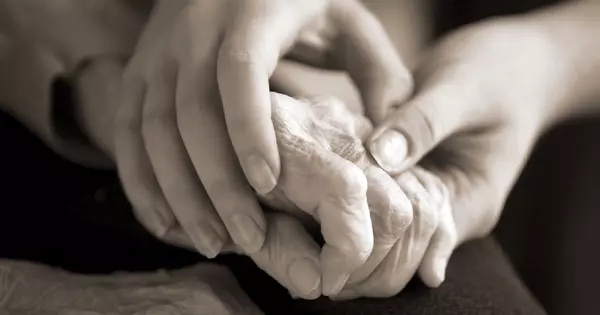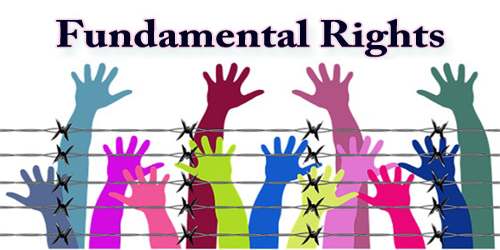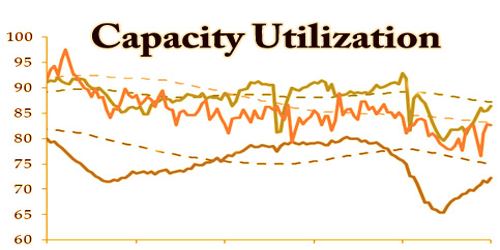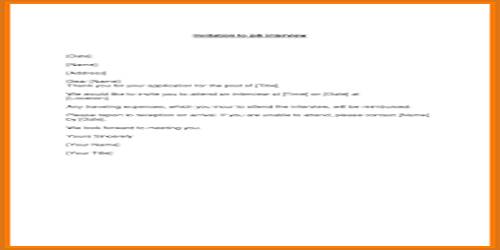Natural selection, according to the long-held evolutionary biology canon, is cruelly selfish, favoring traits that aid in reproductive success. This usually means that the so-called “force” of selection is well-equipped to eliminate harmful mutations that appear early in life and continue to appear throughout the reproductive years. However, once fertility has ceased, the story goes, selection becomes oblivious to what happens to our bodies. Our cells are more vulnerable to harmful mutations after menopause. This usually means that death follows shortly after fertility ends in the vast majority of animals.
This places humans in a unique group of animals that live long after their reproductive lives are over. How can we live for decades in the shadow of selection?
“Long postmenopausal life is a puzzle from the standpoint of natural selection,” said Michael Gurven, an anthropology professor at UC Santa Barbara. Most animals, including chimps, our closest primate relatives, have a strong link between fertility and longevity, with survival dropping in tandem with the ability to reproduce. In humans, women can live for decades after their ability to bear children has expired. “We don’t just gain a few years; we have a true post-reproductive life stage,” Gurven explained.
Senior author Gurven, along with former UCSB postdoctoral fellow and population ecologist Raziel Davison, challenge the long-held belief that the force of natural selection in humans must decline to zero once reproduction is complete in a paper published in the Proceedings of the National Academy of Sciences.
They assert that a long post-reproductive lifespan is not just due to recent advancements in health and medicine. “The potential for long life is part of who we are as humans, an evolved feature of the life course,” Gurven said.
The secret to our success? Our grandparents.
Long postmenopausal life is a puzzle from the standpoint of natural selection. We don’t just gain a few years; we have a true post-reproductive life stage. Our paper formalizes those ideas, and asks what the force of selection might be once you take into account the contributions of older adults.
Michael Gurven
“Ideas about the potential value of older adults have been floating around for awhile,” Gurven said. “Our paper formalizes those ideas, and asks what the force of selection might be once you take into account the contributions of older adults.”
For example, one of the leading ideas for human longevity is known as the Grandmother Hypothesis, which holds that maternal grandmothers can improve their fitness by assisting in the survival of their grandchildren, allowing their daughters to have more children. Such fitness effects aid in the transmission of the grandmother’s DNA.
“That is not reproduction, but it is a form of indirect reproduction. The ability to pool resources rather than rely solely on one’s own efforts is a game changer for highly social animals such as humans” Davison explained.
In their paper, the researchers take the kernel of that idea — intergenerational transfers, or resource sharing between old and young — and show that it, too, has played a fundamental role in the force of selection at different ages. Food sharing in non-industrial societies is perhaps the most obvious example.
“It takes up to two decades from birth before people produce more food than they’re consuming,” said Gurven, who has studied the economy and demography of the Tsimané and other indigenous groups of South America. A lot of food has to be procured and shared to get kids to the point where they can fend for themselves and be productive group members. Adults fill most of this need with their ability to obtain more food than they need for themselves, a provisioning strategy that has sustained pre-industrial societies for ages and also carries over into industrialized societies.
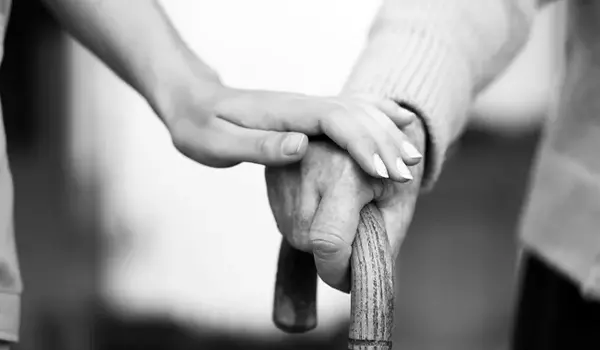
“In our model, the large surplus that adults produce helps improve the survival and fertility of close relatives, as well as other group members who consistently share their food,” Davison explained. “When food production and its consequences are considered, it turns out that the indirect fitness value of adults is highest among reproductive-aged adults. However, using demographic and economic data from a variety of hunter-gatherers and horticulturists, we discover that the surplus provided by older adults generates positive selection for their survival. All of this extra fitness in late adulthood is estimated to be worth a few extra children!”
“We show that elders are valuable, but only up to a point,” contends Gurven. “Not all grandmothers are worth their weight. By about their mid-seventies, hunter-gatherers and farmers end up soaking up more resources than they provide. Plus, by their mid-seventies, most of their grandkids won’t be dependents anymore, and so the circle of close kin who stand to benefit from their help is small.”
However, food is not everything. Children are not only fed, but they are also taught and socialized, as well as trained in relevant skills and worldviews. This is where older people can make the most difference: While they may not contribute as much to the food surplus, they have amassed a lifetime of skills that they can use to relieve the burden of childcare on parents, as well as knowledge and training that they can pass on to their grandchildren.
“Once you take into account that elders are also actively involved in helping others forage, then it adds even more fitness value to their activity and to them being alive,” Gurven said. “Not only do elders contribute to the group, but their usefulness helps ensure that they also receive from the surpluses, protections and care from their group. In other words, interdependence runs both ways, from old to young, and young to old.”
“There might be some kickback if you’re part of my social world,” Davison explained. “So, to the extent that we are interdependent, I have a vested interest in your well-being that goes beyond simple kinship. I want you to be as skilled as possible so that some of your productivity can benefit me in the future.”
Gurven and Davison discovered that, rather than our long lifespans creating opportunities for a human-like foraging economy and social behavior, our skills-intensive strategies and long-term investments in group health preceded and evolved with our shift to our particular human life history, with its extended childhood and unusually long post-reproductive stage.
In contrast, chimpanzees – who represent our best guess as to what humans’ last common ancestor may have been like — are able to forage for themselves by age 5. However, their foraging activities require less skill, and they produce a minimal surplus. Even so, the authors show that if a chimpanzee-like ancestor would share their food more widely, they could still generate enough indirect fitness contributions to increase the force of selection in later adulthood.
“What this suggests is that human longevity is really a cooperative story,” Gurven said. “Chimpanzee grandmothers are almost never seen doing anything for their grandchildren.” Though the authors claim that their work is more about how the capacity for long life evolved in the Homo lineage, the implication that we owe it to elders everywhere is a timely reminder.
